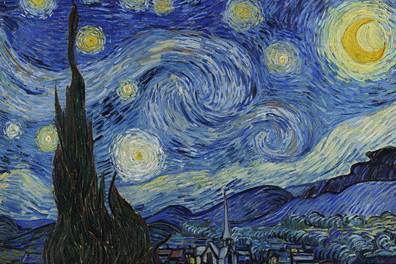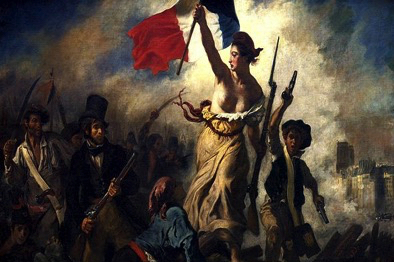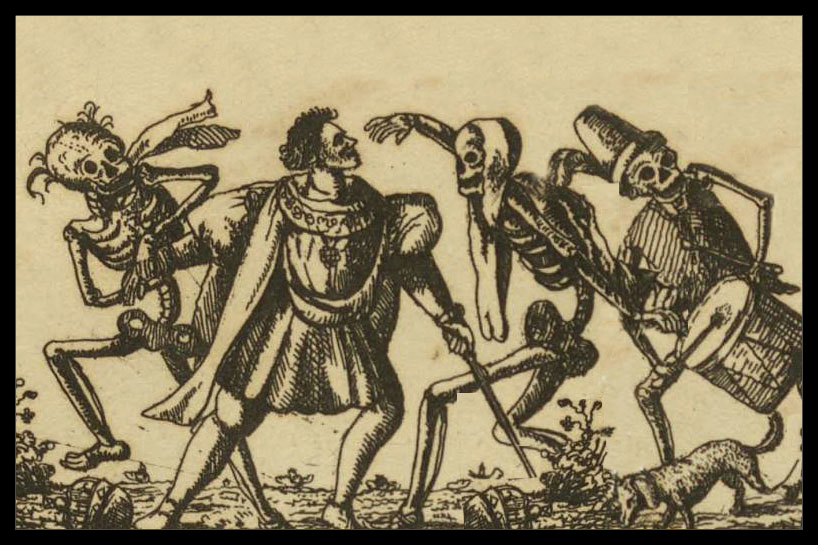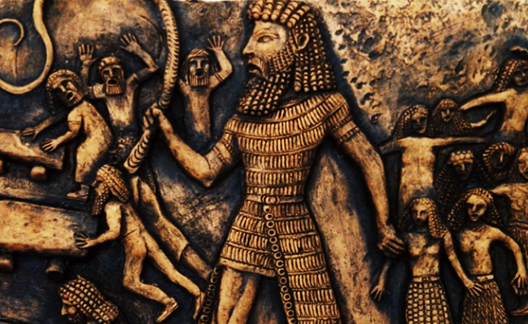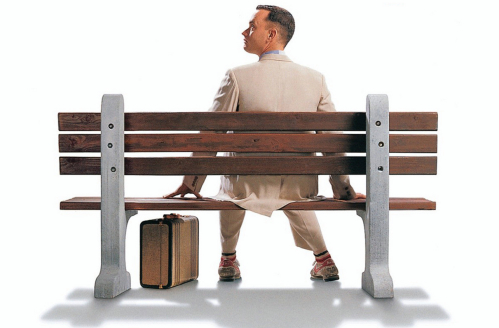Than to Fade Away
I was preparing Ginger’s meds and dinner last week. The TV was on one of the old movie channels in the living room. The movie that evening was Beverly Hills Cop 2. Talk about old movies; that one was released forty years ago. While caring for Ginger, I watched a few minutes of that movie I saw decades ago. I had forgotten various scenes and dialogue, including this one-liner: “It’s better to burn out than to fade away.”
Ginger was anxious to get her meds. One particular medicine she hates. I have to put it in some wet dog food deep inside her mouth so that she will swallow it. Once we did that dance, Ginger gobbled down her dinner and was content. However, my mind drifted back to that one-liner, “It’s better to burn out than to fade away.”
My mind fixated on that saying. I spent the next fifteen minutes doing things as if I were some robot as I attempted to process that comment. After I had my dinner and took Ginger for a walk, I sat at my computer and searched for that one-liner. Others have used it, but Neil Young wrote a song about it.

I noticed how he replicated, “It’s better to burn out than to fade away.” He added, “It’s better to burn out than it is to rust.” Then Young added, “There’s more to the picture than meets the eye.”
My My, Hey Hey
My my, hey hey
Rock and roll is here to stay
It’s better to burn out than to fade away
My my, hey hey
Out of the blue and into the black
They give you this, but you paid for that
And once you’re gone, you can never come back
When you’re out of the blue and into the black
The king is gone, but he’s not forgotten
This is the story of Johnny Rotten
It’s better to burn out than it is to rust
The king is gone but he’s not forgotten
Hey hey, my my
Rock and roll can never die
There’s more to the picture
Than meets the eye
Hey hey, my my
Young’s song addressed rock and roll. However, listening to his song was a metaphor for how to live our lives. On my journey down my yellow brick road of life, several nagging issues still face me. I haven’t succeeded in each of those unresolved problems I have addressed. I realize my personal wish list doesn’t validate that those causes are meaningful to everyone else. Everyone possesses their own wish lists.
For example, Trump’s wish list contains four criminal indictments, 91 felony counts, and appeals to the Supreme Court about his immunity from prosecution, all of which he wishes to go away. Then there is a litany of civil charges and appeals for which he has been found guilty, which already totals $542 million due to the New York State and E. Jean Caroll case, which he would also want to disappear. Additionally, Trump owes $400,000 to The New York Times in legal fees plus a $938,000 judgment due to his comments about Hillary Clinton.
Aside from the legal issues, what is the central difference between my wish list and Trump’s? The answer is a question. Who are the beneficiaries on each list? Trump is the sole beneficiary on his list, and my beneficiaries are others on mine. Which brings me back to my mantra. The more we give, the more we get.
One addendum. Both Trump and I have already spent most of our lives on our journeys down our yellow brick roads of life. Our clocks are ticking louder and louder. We both wrestle with the question, what’s it all about, and so should you.







